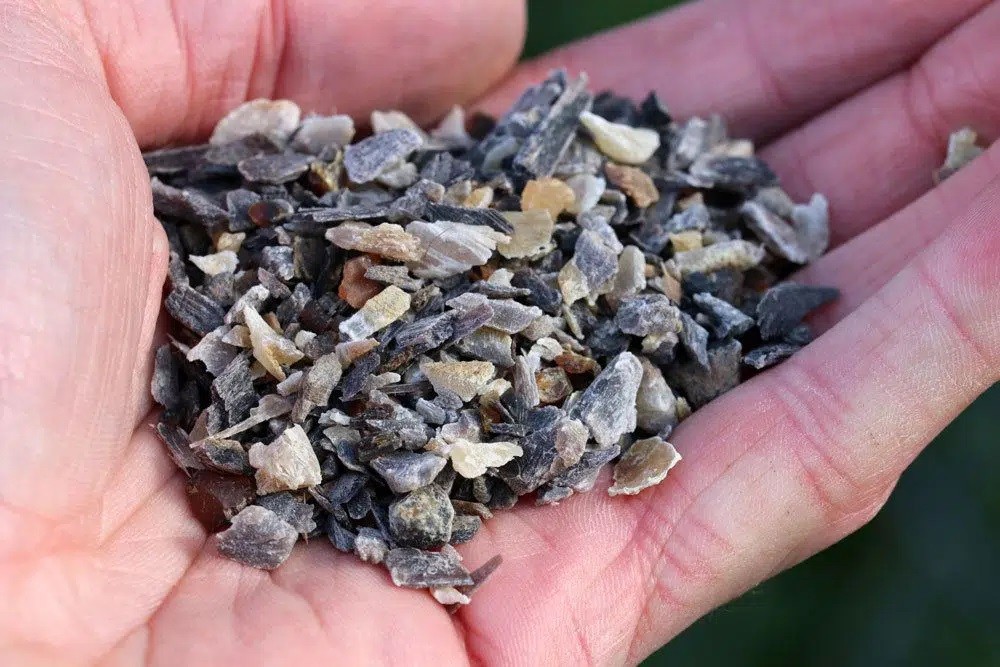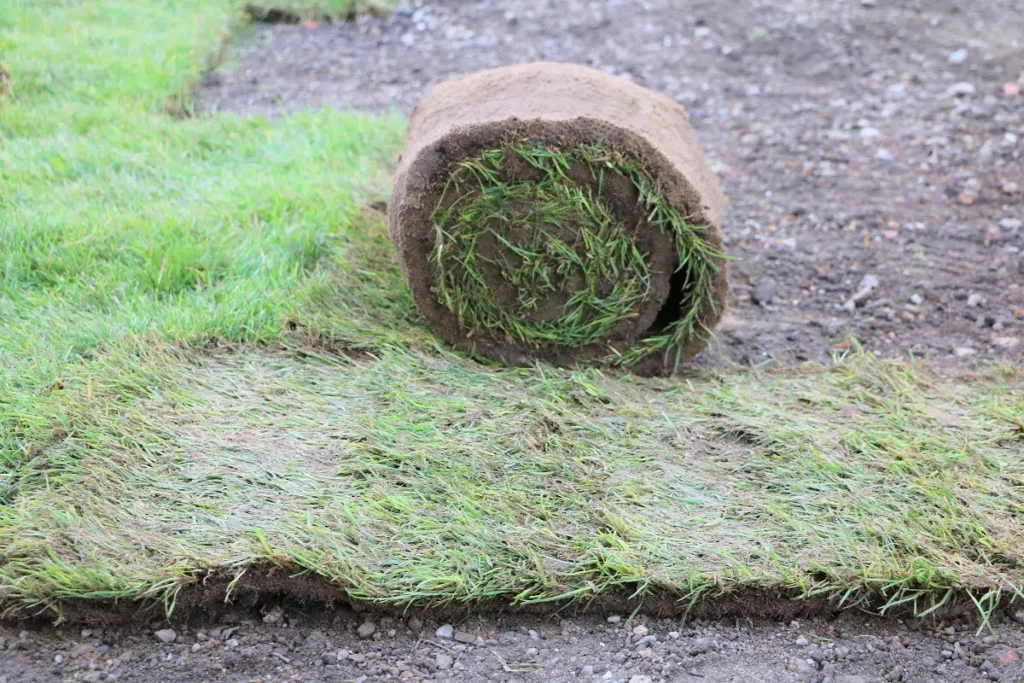Preparation for new sod is simple, but requires some patience and the right approach. We show step by step how to create an optimal result.
- old lawn must be thoroughly removed
- Start preparations best in the previous year
- fertilizing is necessary
- green manuring can be useful
- digging up is necessary in any case
Contents
Remove turf
First step of preparation for your new sod is to remove the old grass plants. For this purpose, a lawn peeling machine is a good choice. The procedure is as follows:
- the lawn is mowed as short as possible
- the lawn is cut into strips with the lawn peeling machine
- each strip is rolled up individually and disposed of
Hints: An appropriate machine can be rented, for example, in a hardware store. Alternatively, the old lawn can be cut with a spade. However, this requires more time and means more effort.
Digging up
In order for the roots of the grass plants to grow optimally, the soil must be loose and well aerated. For this purpose, the soil should be dug up to a depth of at least 30 centimeters.
Tip: During this measure, it is convenient to use lawn edging stones or an irrigation system. Since the soil is already loose and excavated, it is very easy to make appropriate changes.
Clean the area
Removing the old lawn is still not enough. If you want to achieve the best results, you also need to clean the soil from other foreign objects. These include:
- Moss
- Stones
- Weeds
- Roots
The easiest way to remove them is to use a sieve. Optionally, you can buy one or make your own. For this purpose, four strips and a piece of close-meshed wire will be enough.
Another advantage of this measure is that the soil can be sifted very finely. Larger lumps, stones, twigs and even plant bulbs, if any, can be removed very easily. The substrate becomes loose, well-drained and receptive. This makes it particularly easy for the roots of the rolled turf to grow.
Tip: Sieve the soil several times. Even if this means more effort, it is worth the effort. You can also mix in sand to loosen up a very clayey substrate.
Fertilization
There are several options for fertilizing. These include:
- Ready-made fertilizer
- Horn meal
- Compost
A combination of also sifted compost and horn meal is ideal and, moreover, environmentally friendly. The best variant of distribution is a spreader cart and subsequent incorporation into the soil.
Tip: You can also rent a spreader cart. In the long run, however, the purchase is more favorable, because necessary nutrients can be distributed more evenly and precisely dosed with it.

Alternative: Green manuring
If you start preparing the subsoil for sod already in the spring or summer of the previous year, so-called green manuring can be a valid alternative to the application of additional nutrients. This involves seeding plants such as:
- Field beans
- Lupine
- Persian clover
You can also apply a mixture of them. The plants provide good aeration of the soil, help colonize soil inhabitants and microorganisms, and provide nutrients. In the fall, you can mow down the plants and incorporate the green clippings directly into the substrate. Over the winter, the components will rot and enrich the soil with nutrients. The disadvantage of this is that the lawn cannot be used for a longer period of time and initially looks overgrown. However, the advantage is that the preparation is particularly thorough and creates optimal conditions for a long time.
Rake
In order to create a flat, smooth lawn, you need to smooth the area in advance. For this purpose, the simple raking is sufficient. A positive side effect of this measure is that the surface is again loosened.
Watering
Before new sod is spread, it is necessary to water it several times. This is important so that the nutrients can be evenly distributed and penetrate deeper into the soil. Watering should also be done again before spreading the individual strips.
Spreading
A distinct advantage of sod is that you do not have to wait for the seeds to germinate. It grows quickly and therefore green the area in a short time. Lay out strip by strip, making sure that there are no grooves between the rolls. After that, watering should be done again, so that the growth is faster. In addition, you should not walk on and use the green area at the beginning. At least one to two weeks the plants need to be resilient.
Frequently asked questions
When should the soil preparation take place?
The ideal time is the previous year. In this way, the soil is optimally prepared and new sod not only grows quickly, but also can be loaded without problems shortly after application.
When to spread new sod?
Roll out can be from spring to autumn. The only thing to avoid is frost. Nevertheless, the best time is the spring after the last frost. In this way, the lawn can grow well and harden.
What alternatives can be found to sod?
New sod, of course, is not the only way to green an area. Seeding grass or wild herb meadows is also useful. It does take longer for these areas to be walked on, and the expense may be higher. However, seeding is less expensive.


